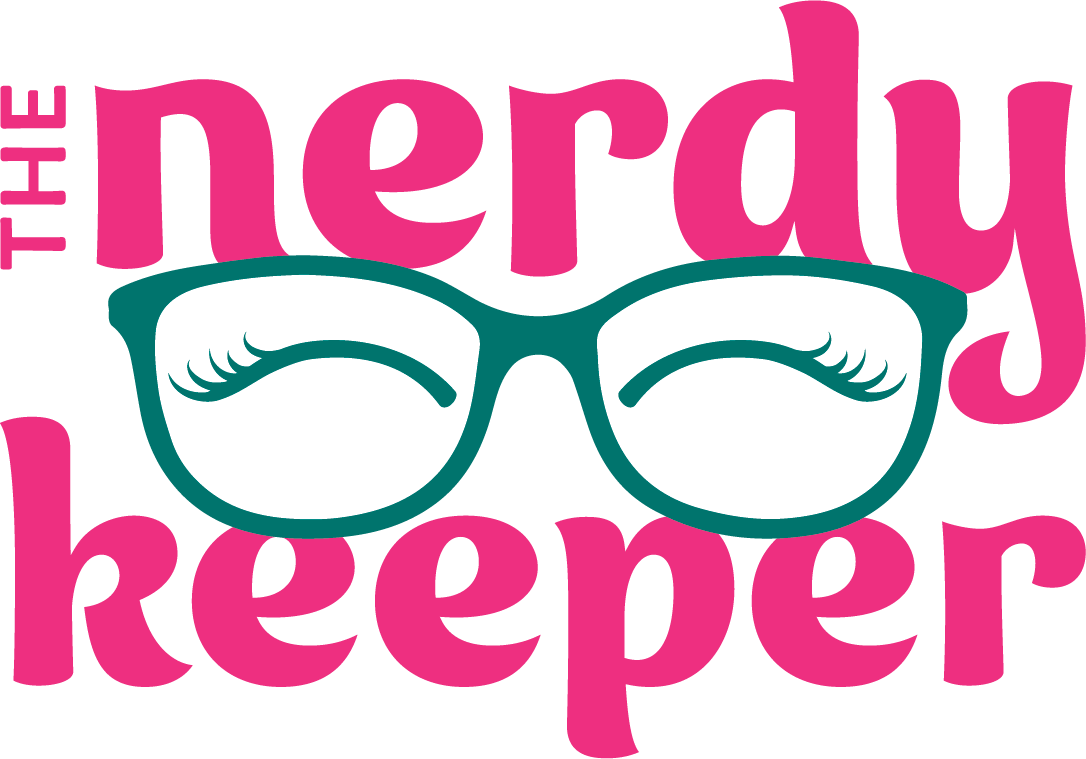As a business owner you likely spent some cash on your business before it ever made you any money. You paid for your website, softwares, advertising and the like with personal cash, and now you’re wondering how you should be keeping track of those item.
How do you deduct them for tax purposes if they’re mixed in with your personal purchases? I get asked how to handle these types of transactions all the time, here’s what you need to know.
Separate Accounts
First and foremost you NEED to separate your personal and business checking and savings accounts. LIke today, seriously….get a separate business account TODAY.
Everything you spend money on in your business needs to come out of this account….EVERYTHING. You will save yourself a ton of time and headache if you’re not combing through your personal checking account trying to figure out if that Target run was personal or business. If you need more convincing click here.
Now that we’ve got that sorted out, how you categorize the personal money you’ve put into your business already will depend on what type of business you have. As most of the clients that ask me this question are sole proprietors or single owner LLCs we’ll just cover those business types. If you fall outside of this, talk to a tax professional.
Business Types
A Sole Proprietor is a person who is the exclusive owner of a business, and entitled to keep all profits after tax has been paid but liable for all losses.
A single member LLC is a Limited Liability Company that only has one member and unless elected to be treated as a corporation, is treated as a Sole Proprietor for tax purposes.
From here on out I will refer to both business types as a sole proprietor as the accounting treatment is the same.
Money Contributed to a Sole Proprietorship
When you are a sole proprietor this is absolutely no separation between you and the business. Your tax return will show revenue and expenses, whether or not those expenses were paid with personal money or money earned by the business. In the eyes of the IRS it’s all the same.
For items that were purchased before you had a separate business bank account you’ll code these items to an expense account and to an owner's equity investment/contribution account. It’ll look like this:
Expense Journal Entry
Website Expenses Debit $100
Owners Equity Contribution Credit $100
Once you have a separate bank account it will look more like this:
Starting (or additional) cash transferred to business checking account Journal Entry
Cash Debit $100
Owner’s Equity Contribution Credit $100
Expense Journal Entry
Website Expenses Debit $100
Cash Credit $100
When you look at it this way it looks like it’s twice as much work, but it really isn’t. You’ll be able to see everything you’ve spent on your business in one place and won’t have to search through tons of personal transactions to find your business ones.
It’s that simple! Got questions?
Leave a comment and I’ll answer personally!
